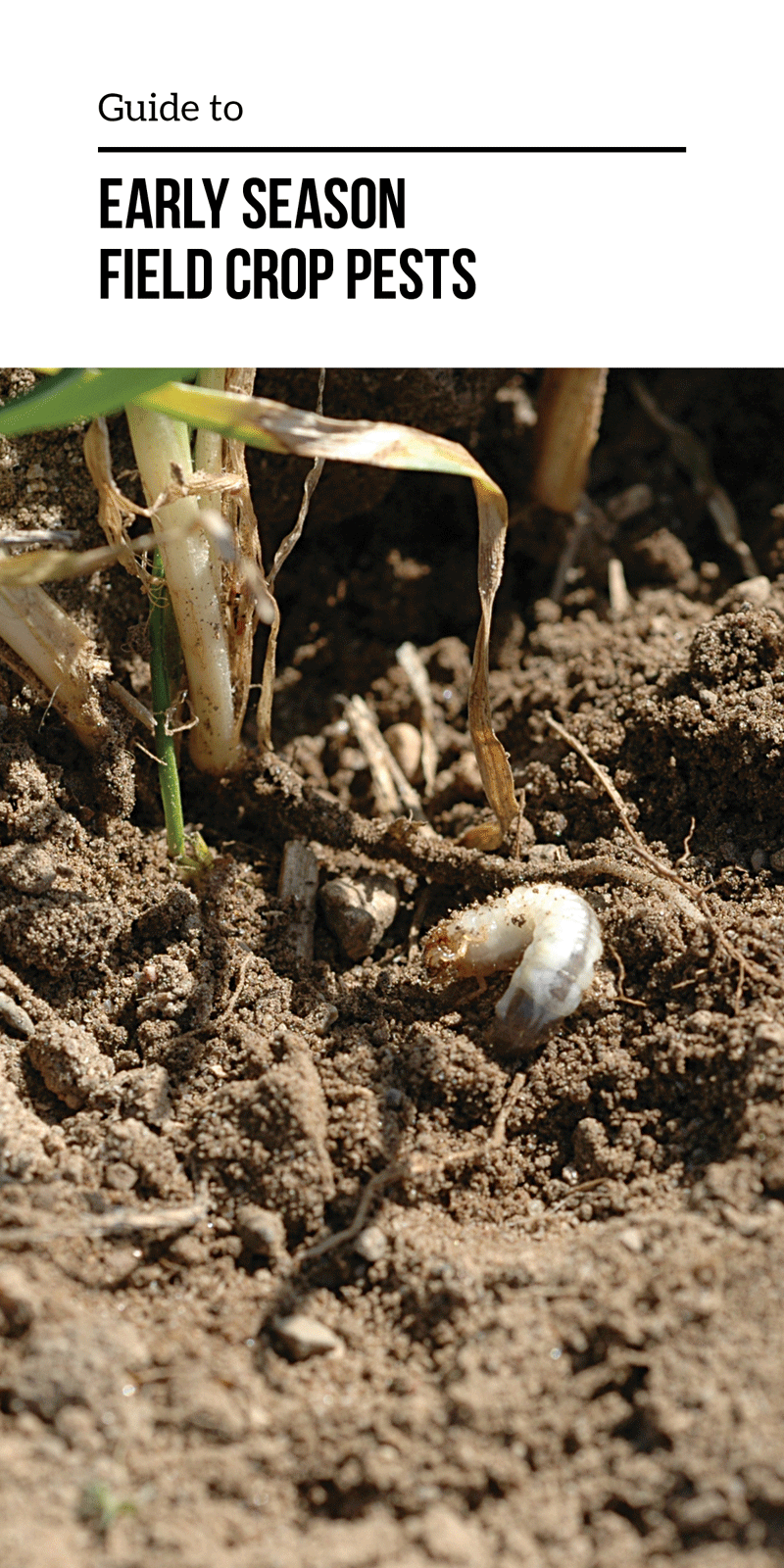Responsible use of neonicotinoids
RESEARCH TO PROTECT POLLINATORS
GRAIN FARMERS OF ONTARIO has received approval for matching funding through Growing Forward 2 for a research project on risks associated with soil pests and strategies to reduce losses of neonicotinoid seed treatment in dust-off from air planters.
The research team, led by Dr. Art Schaafsma, professor of field crop protection, is located at the University of Guelph Ridgetown Campus (UGRC). It consists of: Tracey Baute, collaborating field crop entomologist with the Ontario Ministry of Agriculture Food and Rural Affairs; Jocelyn Smith, MSc and Yingen Xue, PhD, both research associates in field crop entomology; and Victor Limay- Rios, PhD, research associate in analytical chemistry for trace toxins
in agriculture.
The project includes a four-year effort to determine the presence and abundance of soil pest species in Ontario. Risk factors of geographic location, soil type, cropping system, and pest presence will be used to develop a prediction model. The economic value of neonicotinoids will be evaluated based on yield data collected from treated and untreated trials.
In addition, the efficacy and relative contribution of planting modifications will be evaluated to develop a practical strategy to keep dust from leaving planters. Modifications will include seed fluency agents, polymer seed coatings, and planter exhaust deflectors.
Approximately 80 members of the Ontario Soil and Crop Improvement Association are contributing seed and the use of their farms. Maizex Seeds, Kearney Planters, and McGrail Farm Equipment are also providing seed and equipment to the study.
A significant amount of information has been collected during the first year of this project where approximately 100 sites were visited four times by UGRC staff. Corn plots of hybrid seeds treated with fungicide-only or insecticide plus fungicide were evaluated for differences in plant stands, the presence of early season soil insects, and injury due to insect feeding. The pest insects collected, including wireworms and white grubs, have been identified to species by entomologists at Agriculture & Agri-Food Canada and the University of Guelph Ridgetown Campus. Cooperators have also provided historical information on their production practices and will provide yield data for analysis following harvest.
In 2015, many of the same fields will be included in the study to follow the crop rotation which may be related to pest incidence in some cases, and additional corn trial locations will be recruited to cover other geographic areas. These data are expected to validate a pest risk model, currently under development, designed to assist the agricultural industry to move towards a more prescriptive approach to the use of seed treatment insecticides.
This project is funded in part through Growing Forward 2, a federal-provincial-territorial initiative. The Agricultural Adaptation Council assists in the delivery of GF2 in Ontario. Funding has also been provided by Grain Farmers of Ontario.
NEW TOOLS FOR IDENTFYING WHAT SEED TREATMENTS YOU NEED
Guide to Early Season Field Crop Pests (book) is available by calling Grain Farmers of Ontario at 1-800-265-0550. An e-book version is also available at www.gfo.ca/pestguide.

Visit Ontario.ca/bx1n or contact OMAFRA at 1-877-424-1300 to access:
• Corn and Soybean Soil Insect Pest Risk Assessment Checklists to help determine where you need insecticide-treated seed and where you don’t.
• A list of corn hybrids available with a fungicide only seed treatment for the 2015 Ontario season.
• Information about scouting for pests and other Best Management Practices. l•

















